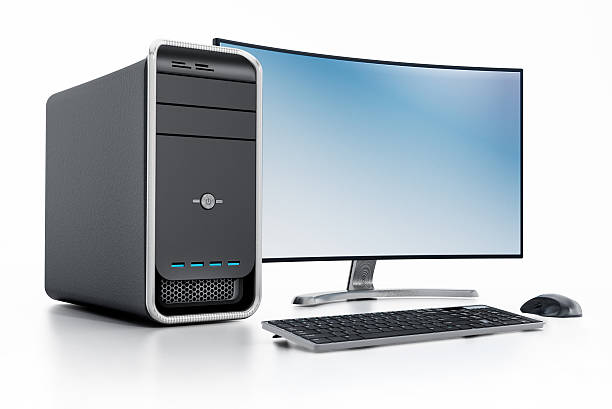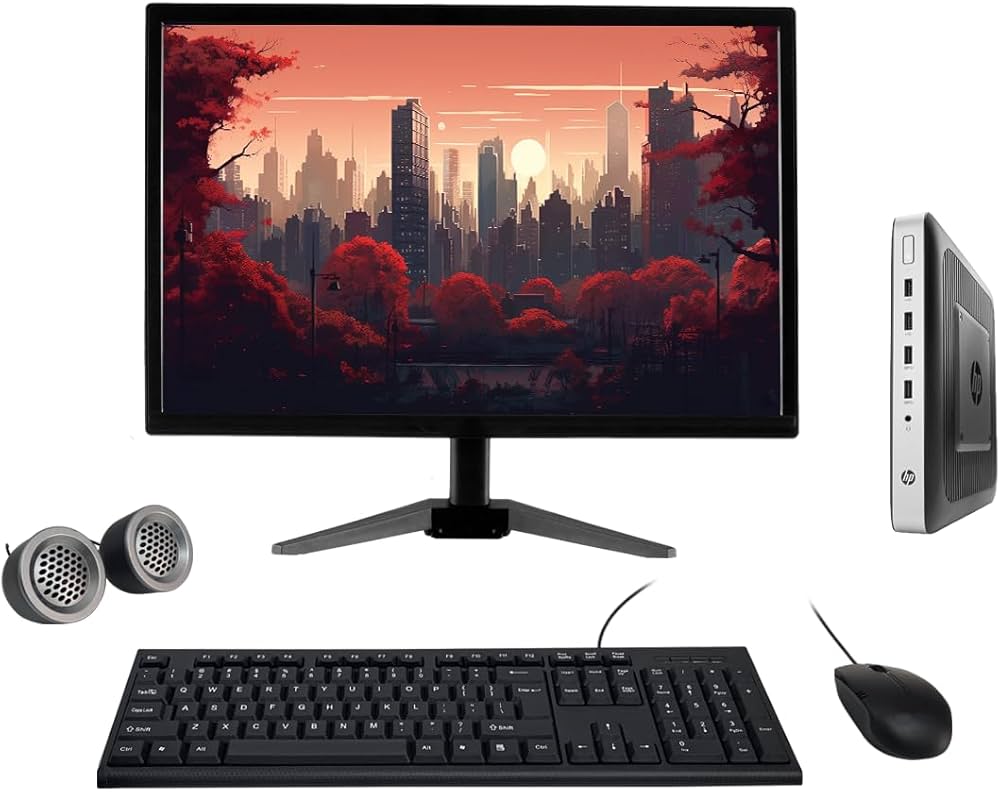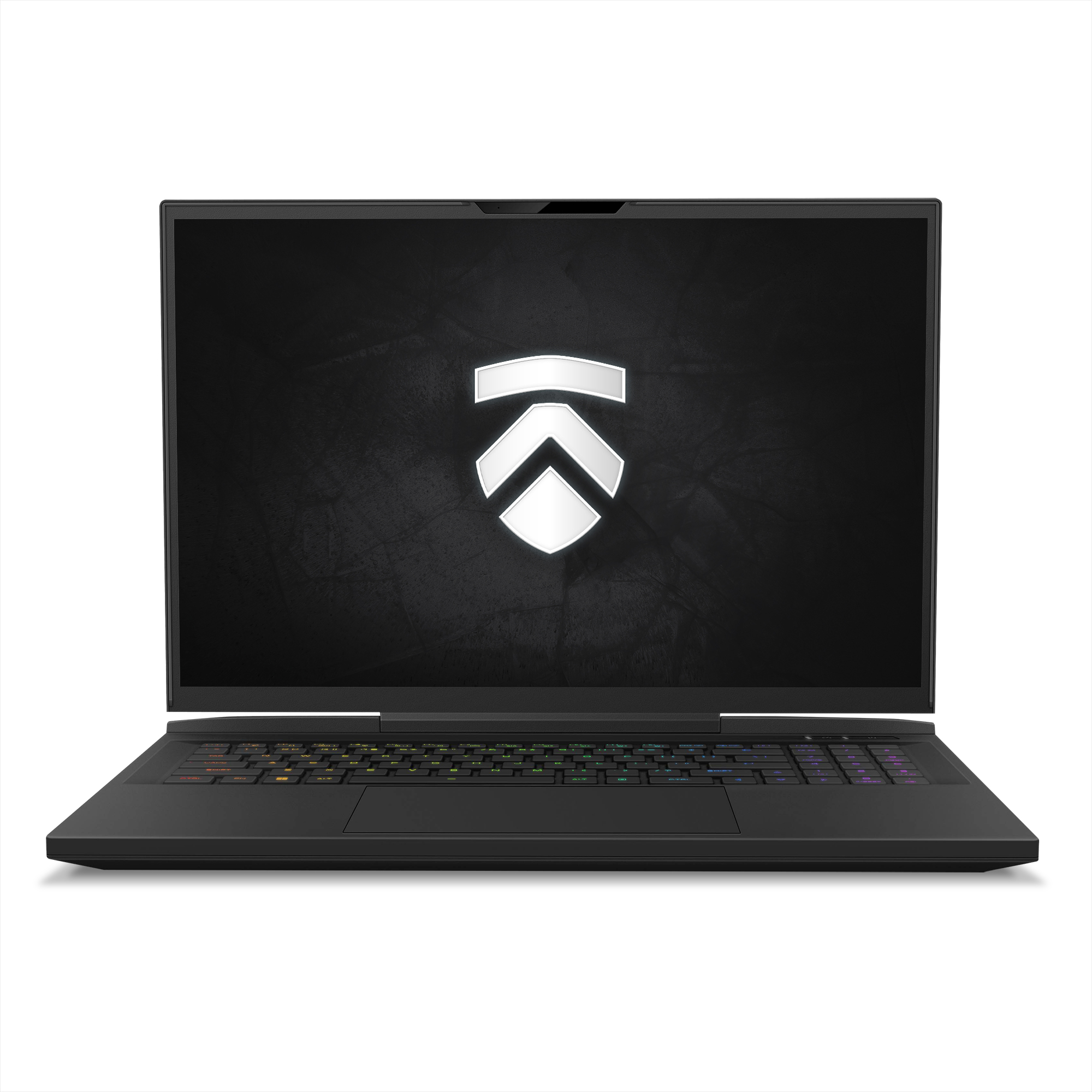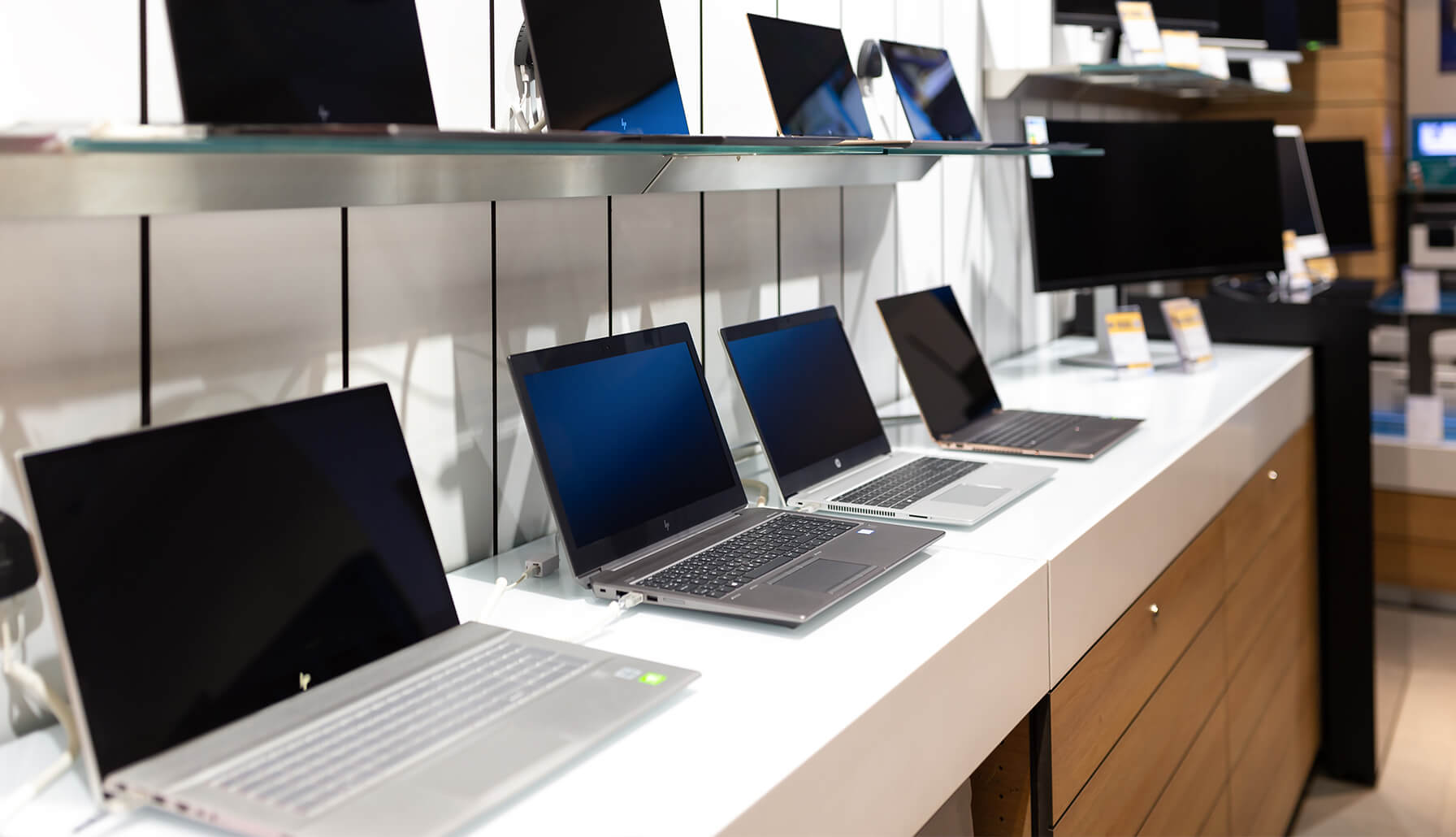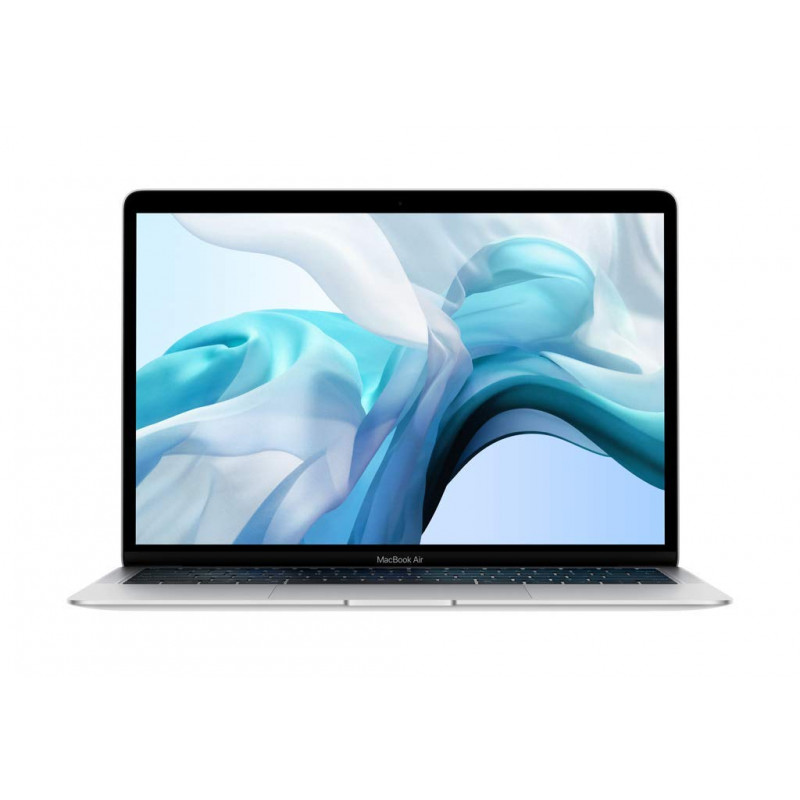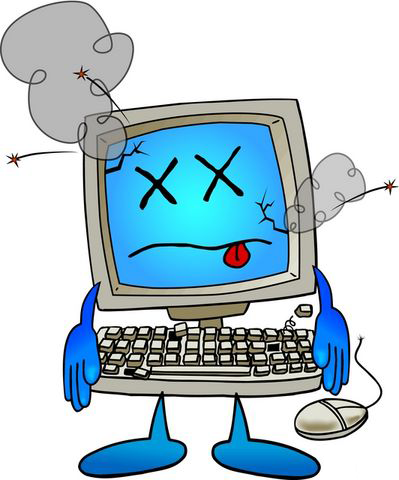How to Maintain a Clean, Fast, and Efficient Computer
Your desktop computer is an essential tool for work, gaming, creative projects, and staying connected with the world. However, without regular maintenance, it can slow down, accumulate dust, and even suffer from hardware failures. Here’s a comprehensive guide on how to care for your desktop computer to ensure it stays in top condition for years to come
1. Keep Your Desktop Physically Clean
Dust and dirt can accumulate inside and outside of your desktop, leading to poor performance, overheating, or even hardware failure. Here’s how to clean it:
External Cleaning:
- Wipe the exterior: Use a microfiber cloth to wipe down the exterior, including the monitor, keyboard, and mouse.
- Clean your keyboard and mouse: Use compressed air to blow out dust between the keys. For the mouse, wipe the surface with a damp cloth.
- Monitor care: Use a gentle screen cleaner or a damp microfiber cloth to wipe the screen.
Internal Cleaning:
- Turn off and unplug the desktop: Always power down your computer before opening the case.
- Open the case: Use a screwdriver to open the side panel.
- Use compressed air: Blow out dust from fans, vents, and other components. Be careful not to touch the internal components with your hands.
- Check fan filters: If your computer has filters over the fans, clean or replace them regularly.
How Often?
- Clean the exterior weekly.
- Clean the interior every 3-6 months, depending on dust levels in your environment.
2. Regular Software Maintenance
Keeping your software optimized ensures your desktop runs smoothly and efficiently.
Update Your Operating System and Software:
- Operating system updates: Ensure your OS is up to date to fix bugs, improve security, and optimize performance.
- Application updates: Regularly update your software to benefit from new features and improved performance.
Run Disk Cleanup:
- Remove junk files: Over time, your hard drive collects temporary files, cache, and unnecessary data. Use built-in tools like Windows’ Disk Cleanup or third-party apps like CCleaner to clear these files.
Uninstall Unnecessary Programs:
- Free up space: Go through your programs and uninstall software that you no longer use or need. This can free up valuable hard drive space and improve system performance.
3. Manage and Monitor Hardware
Hardware care is just as important as software maintenance for keeping your desktop in good shape.
Check Your Storage:
- Monitor disk health: For HDDs and SSDs, use tools like CrystalDiskInfo to monitor their health. This can help you catch issues like bad sectors before they lead to data loss.
- Defragment your hard drive: If you’re using an HDD, defragmenting it periodically will reorganize fragmented data and speed up access times. SSDs don’t need defragmentation.
Monitor Temperature:
- Check CPU/GPU temperatures: Overheating can cause performance drops or even damage your components. Use software like HWMonitor or Core Temp to keep track of your system’s temperature.
- Improve airflow: Make sure your computer is in a well-ventilated area, and avoid placing it in tight spaces or near heat sources.
Backup Important Files:
- External backups: Use external drives or cloud storage to back up critical files regularly. This will protect your data in case of hardware failure.
4. Optimize Performance
Boost your desktop’s speed and responsiveness by optimizing various system settings.
Adjust Startup Programs:
- Disable unnecessary startup apps: Many programs launch automatically when you turn on your desktop, which can slow down boot times. Disable unnecessary programs from the startup list.
Increase Virtual Memory:
- Add virtual RAM: If your desktop is low on RAM, you can allocate more virtual memory using your hard drive. This can improve multitasking performance.
Regularly Restart Your Computer:
- Prevent slowdowns: Restarting your computer regularly helps clear system cache, apply updates, and resolve minor software issues.
5. Security and Protection
A secure desktop is less likely to be bogged down by viruses, malware, or unwanted software.
Install Antivirus Software:
- Protection against malware: Install reputable antivirus software and keep it up to date to protect against malware, viruses, and other threats.
Enable a Firewall:
- Prevent unauthorized access: A firewall helps block unauthorized users from accessing your network and desktop.
Use Strong Passwords:
- Secure your accounts: Use strong, unique passwords for your desktop accounts to prevent unauthorized access. Enable two-factor authentication whenever possible.
Regular Scans:
- Run regular virus scans: Schedule routine virus and malware scans to catch potential threats early.
6. Hardware Upgrades
Upgrading your hardware can extend the life of your desktop and give it a performance boost.
Consider Adding More RAM:
- Improve multitasking: If your system slows down when running multiple applications, adding more RAM can help improve performance.
Upgrade to an SSD:
- Speed up boot times: If you’re using a traditional hard drive, consider upgrading to an SSD. It can drastically reduce boot times and improve overall performance.
Graphics Card Upgrade:
- For gamers and creatives: If you game or do video editing, upgrading your graphics card can provide a significant performance boost.
Conclusion
Caring for your desktop involves both regular physical cleaning and software maintenance. By following the tips above, you’ll not only prolong the life of your machine but also keep it running smoothly and efficiently for all your computing needs. Regular care ensures your desktop stays fast, secure, and free from performance issues, allowing you to get the most out of your investment.
Additional Tips:
- Keep your workspace tidy to avoid accidental damage.
- Invest in a good surge protector to protect your desktop from power surges.
- Schedule regular backups to prevent data loss in case of failure.
By making these practices part of your routine, you can enjoy a reliable and powerful desktop experience for years to come!


